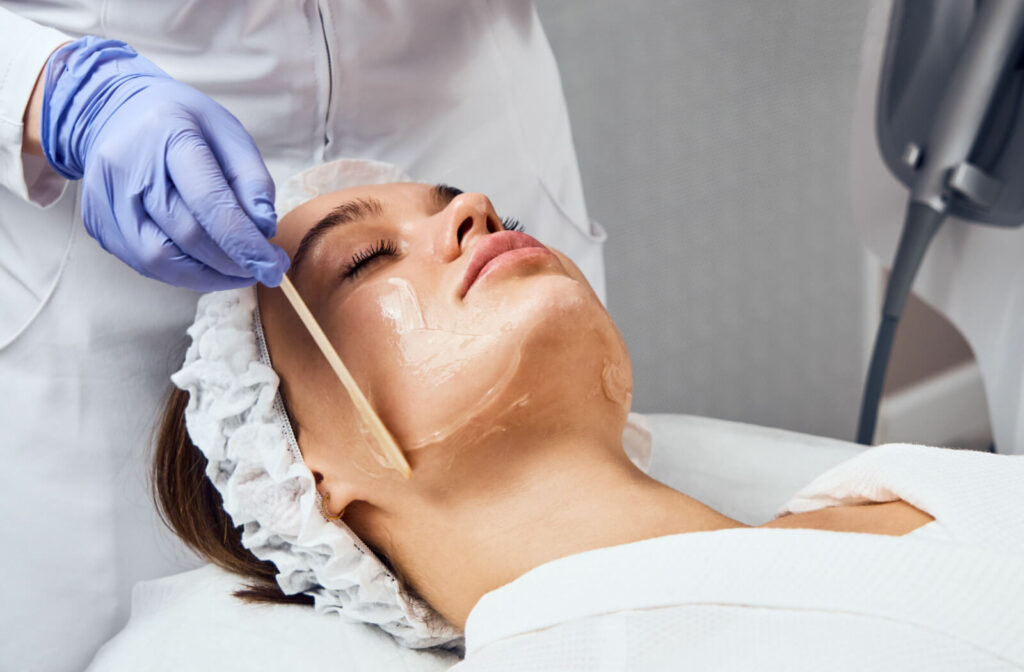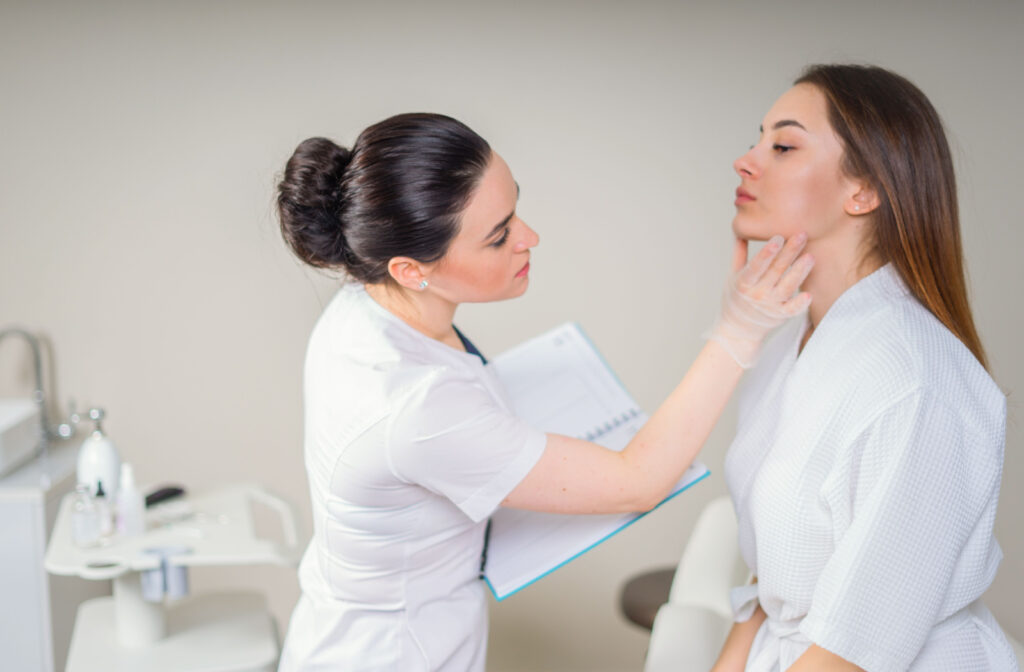In the realm of beauty and skincare, new trends and treatments seem to emerge regularly, captivating the attention of beauty enthusiasts and experts alike. One such innovation that has gained momentum and credibility in recent years is the medical-grade facial.
A medical-grade facial is a modern skincare treatment that exfoliates and revitalizes your skin, helping with a multitude of skin concerns such as skin discoloration, acne, scars, reducing dead skin build up, fine lines and wrinkles, large pores, redness, and more. This treatment may also enhance the tone and suppleness of your skin.
In this blog, we will delve into medical-grade facials, exploring what sets them apart from traditional facials, their benefits, and why they’ve become a staple in modern skincare.
Understanding The Difference: Medical-Grade vs. Traditional Facials
Before we dive into the intricacies of medical-grade facials, it’s essential to distinguish them from traditional facials commonly offered at spas and salons. While both aim to improve the appearance and health of the skin, their approaches and outcomes vary significantly.
Traditional facials are relaxing and pampering treatments that primarily focus on cleansing, exfoliating, and hydrating the skin. They often utilize gentle products and techniques suitable for various skin types, but their efficacy in addressing specific skin concerns may be limited.
On the other hand, medical-grade facials are a more result-oriented approach to skincare, usually administered in medical settings by licensed professionals like dermatologists or trained estheticians under medical supervision. These facials use potent, clinically tested ingredients, modern technologies, and precise application techniques to address various skin issues.
How Is a Medical-Grade Facial Done?
Following a brief consultation, the skin professional will purify, steam, exfoliate, and stimulate your skin while adding treatments like microdermabrasion, dermaplaning, chemical peel, or LED light therapy that are most suited to your skin’s needs.

The Power of Medical-Grade Ingredients & Equipment
What sets medical-grade facials apart is the use of pharmaceutical-grade ingredients and equipment that go beyond the superficial layers of the skin. These potent formulations contain higher concentrations of active ingredients, such as alpha hydroxy acids (AHAs), beta hydroxy acids (BHAs), retinoids, antioxidants, peptides, and growth factors. These elements work together to help stimulate collagen production, boost cell turnover, and enhance the overall health of the skin.
Moreover, medical-grade facials often incorporate innovative tools and devices like microdermabrasion, ultrasound, radiofrequency, and lasers. These technologies aid in deeper exfoliation, collagen remodeling, and improving the results of powerful skincare products.
Customized Solutions for Specific Concerns
Unlike traditional facials, which tend to follow a more generic approach, medical-grade facials are tailored to individual needs and concerns. Before undergoing the treatment, patients undergo a thorough consultation to assess their skin type, concerns, and medical history. This detailed analysis enables the skincare professional to create a personalized treatment plan that addresses specific issues like acne, hyperpigmentation, fine lines, or sun damage effectively.
The Benefits of Medical-Grade Facials
- Visible Results: One of the most significant advantages of medical-grade facials is their ability to produce noticeable results. With potent ingredients and modern technologies, these facials can target stubborn skin problems and deliver significant improvements in texture, tone, and overall appearance.
- Long-Term Impact: Medical-grade facials not only offer immediate results but can also provide long-term results. By stimulating collagen production and supporting cellular renewal, these treatments can lead to prolonged skin rejuvenation.
- Reduced Risk: As medical-grade facials are administered by trained professionals in a controlled medical environment, they carry a reduced risk of adverse reactions when compared to some cosmetic procedures.
- Minimally Invasive: Unlike surgical procedures, medical-grade facials are minimally invasive, making them a desirable option for those seeking non-surgical solutions to their skin concerns.
Transformative Skin Care
Medical-grade facials have emerged as a powerful tool in the pursuit of youthful and radiant skin. Combining medical ingredients, modern equipment, and personalized treatment plans, these facials offer substantial benefits for various skin concerns.
If you’re looking to elevate your skincare routine and address specific issues, book a consultation with a qualified skin care professional at Eye Lab to explore the possibilities of medical-grade facial treatments.




